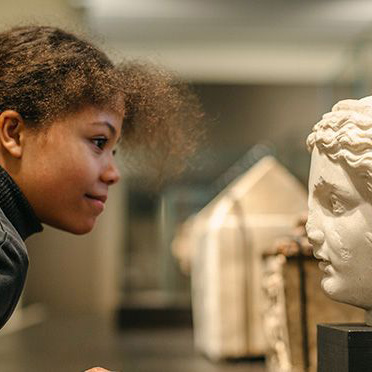Hotarao – “the other”
The Warao have long been influenced by other indigenous groups, such as the Caribs and Arawaks. Today there is a new ethnic group, Hotarao, which is important for the Warao. Hotarao means “people from the hard land” and is the Warao’s term for creoles (Venezuelans, tourists, and missionaries). Warao means the “people from the soft (marsh) land.”

The Orinoco Delta and the villages
The region is divided into small areas by all of the rivers that stream out from the Orinoco River. The Delta areas that lay along the coast are inaccessible because of the tidewater. Jordsmonnet consists of, for the most part, mud. Here there it is both dangerous and exhausting to move around – deadly because of snakes, scor- pions and exhausting because the mud sucks one’s legs stuck in place.
The Waraos’ surroundings are dominated by water – rivers and canals, tidewater, seasonal rain and annual floods. In these wetlands the Warao build their palm huts on stilts. The houses are set up in a line along the river. A typical household consists of three houses: hisabanoko, which is the “eating place;” hanoko, which is the “hammock place;” and naibomanoko, which is the “menstruation place.”

Artistic crafts and tourisme
Selling to tourists is one of the Warao’s few opportunities to earn money. Traditional handicrafts are made in small sizes to fit in the tourists’ luggage. A typical au huba (manioc press) which is used to make the bread cassabe – is around two meters long. Those that are sold to tourists can be as small as 50 cm.

This is also the case with uhu – which is used to transport palm starch. They are originally instruments for making food, but they have become decorative objects. The global flow of people, ideas, items, and technology give Warao people new ways of playing out their identity.
Nevertheless, the Warao people’s way of life continues much in the same way that it always has in the delta: wake up before the sun, make hammocks, fish, work in the garden, build and maintain houses, tell stories, argue with the neighbour, and be together with friends and family.
Handicrafts, identity and “the third gender”
In the wetlands, canoes are still central to the lifestyle of the Warao. Almost all older Warao men can build canoes, and all women can make hammocks. The skills are passed down through the generations.
Men and women with particularly good craft skills are called moyotu. Canoe and hammock handcrafts are regarded, for the most part, as men’s and women’s work respectively, but there are alternative gender roles.

Among the Warao there is a “third gender,” tidawena, which one could translate as “twisted woman.” These are homosexuals or transvestites. Tidawena accentuate their skills in relation to the making of hammocks instead of canoes. Through developing womanly skills and distancing oneself from manly skills, the canoe and the hammock’s relation to different genders is highlighted.
Less common is the niborawena, or “twisted man,” the opposite of the tidawena. This would be women who take on masculine takter traits, learn to build canoes and acquire the knowledge of shamans.
Shaman
Among the shamans, we see a sign that the traditions of the Warao’s live on. The shamans function as lines of communication between people and ancestor-spirits. The spirits can be good or evil, all depending on how they are treated by their living relatives. If they are neglected, they can choose accidents and sickness. If the ancestors re tread reasonably, well then they could provide health and prosperity for the Warao.

Today there are doctors and missionaries a few places in the delta, and the Warao explain sickness and spir- itual unhappiness differently from them. Representatives for Western medicine and religion and shamans are long from in agreement, but they appear to tolerate each other. Adult Warao who are seriously ill can choose to travel the long way to a doctor. The Catholic kapusiner-missionaries have been in the delta since 1925 and have had an enormous impact on the Warao
The canoe and technological innovation
People use tools, and with new tools changes in the way of production occur. One assumes that before, the Warao used turtle shells for axes and shell for crossax to make canoes.
The meeting between the old and the new world introduced steel axes, perhaps the most important object the colonists brought with them, and with the motor saw, one can hull a canoe in even shorter time. Only a few of the Warao have motor saws and the delicate work on canoes still must be done with an axe and tverrøks. Because of the technological advancements, the canoe craft lives on with a few changes

Warao society is characterized by global changes. They are eager users of radio, TV and DVD-players. Small diesel generators power the media show, and the Warao watch films and discuss happenings that occur far away from the villages.
Global connections and urban centers
Indigenous peoples in the Amazon region are often represented as isolated. The news media shows people as exotic, and focuses on how life in these societies is extremely different than life in the West. The picture that emerges for a researcher is more complex.











